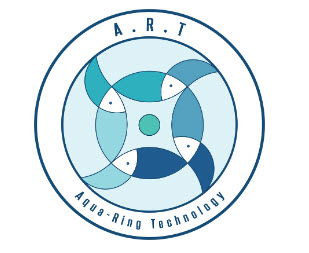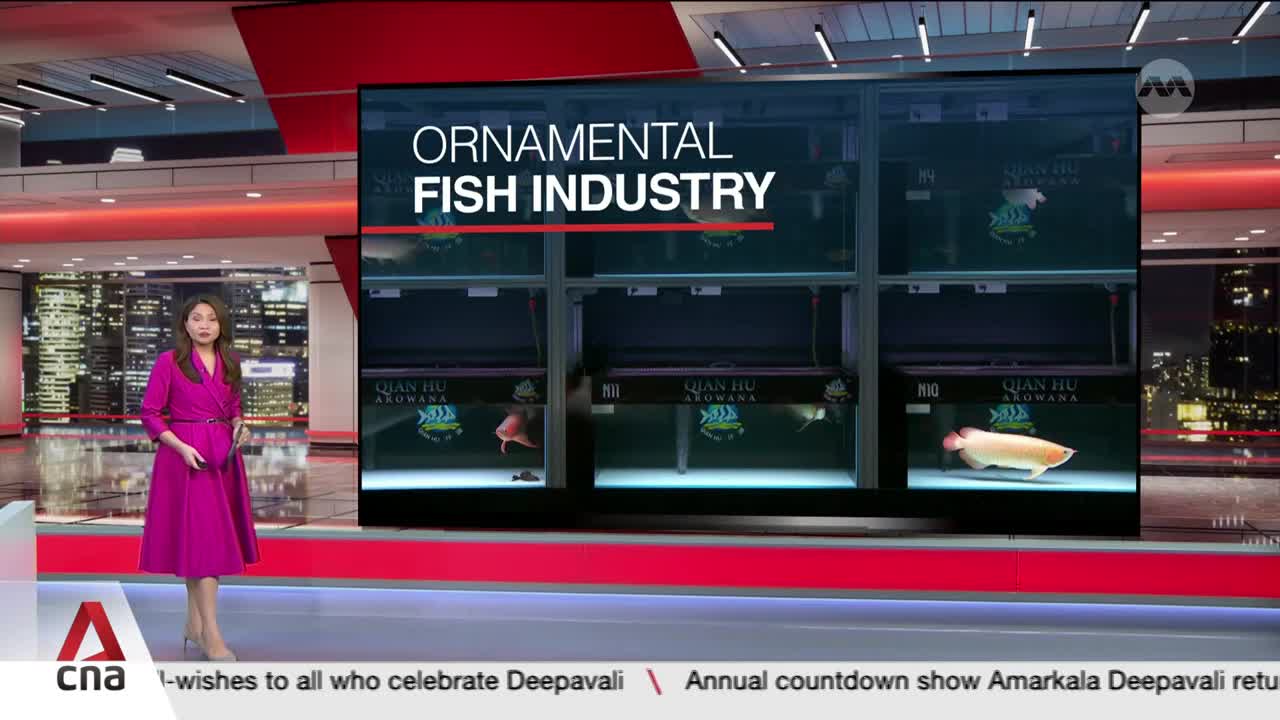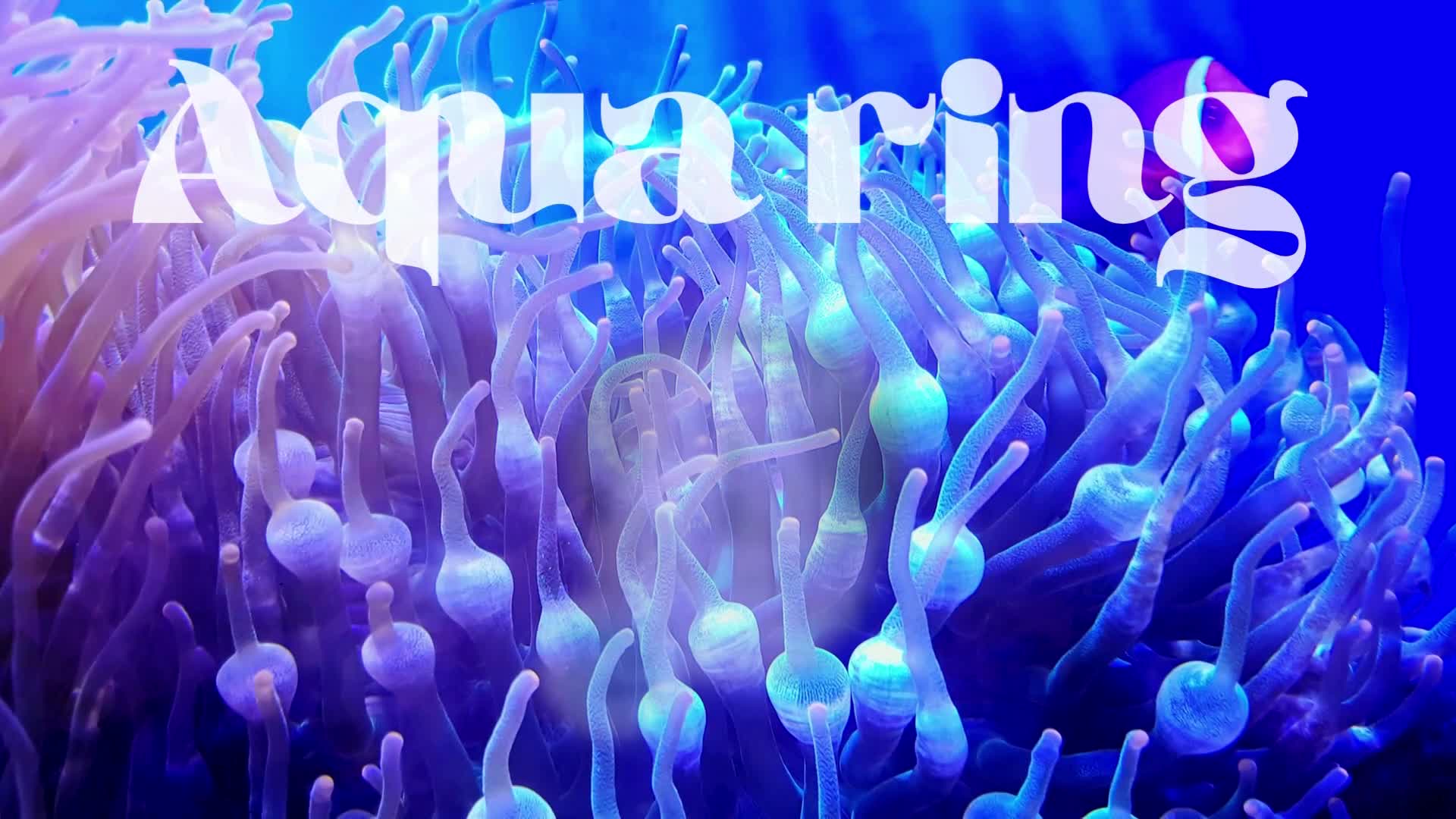Aqua Ring and The Fishing Industry and Aquaculture
The Fishing Industry Overview
The global fishing industry encompasses recreational, artisanal, and commercial activities related to aquatic organisms. It is a multibillion-dollar sector providing employment to nearly 50 million people worldwide. The industry includes the capture of fish and aquaculture, both inland and marine, supplying fish for human consumption, livestock feed, pharmaceuticals, cosmetics, and other industrial uses.

Key Statistics (2023)
- Global Fish Production: 186.6 million metric tons
- Capture Fisheries: 90.6 million metric tons (80 million from marine waters, 10 million from inland waters)
- Aquaculture: 96 million metric tons, contributing significantly to the global seafood supply
- Shrimp Industry: 9.4 million metric tons (major species include Vanameii) - Market Value: Fish and shrimp exports valued at approximately $180 billion
- Major Exporters: China, India, Norway, and Vietnam - Major Importers: European Union, United States, and Japan
The Problem
Challenges in Fisheries
- Overfishing: Driven by increased human consumption and advanced fishing techniques, leading to the depletion of fish stocks and potential species extinction.
- Habitat Destruction: Resulting from pollution and geoengineering activities, further stressing fish populations.
- Sustainability: The need for sustainable practices to prevent overfishing and environmental degradation.
- Pollution: Coastal regions in Africa face challenges with water quality affecting marine life.

The Solution
Aquaculture Growth
Aquaculture is the fastest-growing sector in animal food production, supplying over half of the seafood consumed globally. Innovations in aquaculture, such as closed rearing systems and modern breeding techniques, allow for year-round production and better control over growing conditions. This is especially relevant for fish that can be raised on land, ensuring they are not affected by marine pollution.
Aqua-Ring Technology
Aqua-Ring Technology offers an advanced and sustainable approach to aquaculture, addressing key industry challenges through innovative solutions.
Advantages
Aqua Ring Performance
- Fish biomass: 0-20 kg /m3 - Water Salinity: 0-40 ppt
- Water temperature: 8-35°C
- Daily water recirculation: 99%
- Operating electricity consumption: 0.5Kw/75kg biomass (excluding heating and cooling)
- System Design: Customizable from 1000L up to the required size according to the adapted design.
AQUA-RING Hatchery and Breeding Center
- Recirculating Aquaculture Systems: Enhanced biosecurity and lower environmental exposure, fewer chemicals, and improved fish welfare.
- Resource Efficiency: More than 50% reduction in water and electricity consumption compared to 'normal RAS'.
- Infrastructure: Establishment of modular infrastructure lowering capital expenditure.
- Maintenance: Moderate maintenance & technical skills required.
Current Market Solutions
Existing Practices
- Traditional open-water fishing and conventional aquaculture practices are still prevalent.
- Common issues with current systems include high resource consumption, environmental impact, and susceptibility to diseases and pollutants.
Why Aqua-Ring is Better
Innovation and Efficiency
Due to the stand-alone technology and completely closed biological treatment:
- Economical in building and raising fish/shrimp farming (compared to existing systems on the market) - Modular and careful project entry is possible (compared to the vast majority of the existing systems on the market, which are based on a central filter and do not allow gradual entry).
- Dramatic risk reduction: Each unit operates independently, isolating risks of mortality, disease outbreaks, and other malfunctions to a single unit rather than the entire project (unlike most existing systems).
- No removal of water outside the system and no disposal of sludge, crucial for the environment. This enables the establishment of projects even in countries with strict laws, city centers, and populated areas (compared to most existing systems, which are not completely closed and require changing about 10-40% of the water daily). Therefore, there is no need to build the project close to a river, sea, or other water source, greatly facilitating the choice of location.
Sustainability
- Aqua-Ring's closed rearing systems drastically reduce environmental impact.
Biosecurity
- Enhanced control over growing conditions and lower risk of contamination.
Resource Management
- Significant reductions in water and energy usage.
Technological Advancement
- Fish Condition Command and Control Platform: Real-time remote support and monitoring.
- Modular Systems: Scalable solutions to meet varying production needs.
Vanameii (White Leg Shrimp)
Vanameii, also known as White Leg Shrimp, is a highly valuable species in the global aquaculture market. Known for its rapid growth, high yield, and adaptability to various farming conditions, Vanameii plays a crucial role in meeting the increasing global demand for seafood.
Global Market Overview
- Vanameii is extensively farmed in Asia, Latin America, and increasingly in other regions.
- The species contributes significantly to the global shrimp market, which is valued at billions of dollars annually.
- Major producers include countries like China, India, Thailand, and Vietnam. Advantages of Aqua-Ring Technology for Vanameii Farming - Biosecurity: Enhanced control over growing conditions minimizes the risk of diseases, which is a common issue in shrimp farming.
- Sustainability: The closed rearing systems of Aqua-Ring drastically reduce environmental impact, promoting sustainable shrimp farming practices.
- Efficiency: Aqua-Ring's modular design allows for scalable and efficient farming operations, leading to higher productivity and lower operational costs compared to all traditional RAS systems currently on the market.
- Resource Management: Significant reductions in water and energy usage make Aqua-Ring an environmentally friendly choice for Vanameii farming, compared to most of the energyrich traditional RAS systems, whose technological concept came from the world of fish fattening for high density, when in practice the shrimp cannot grow at a maximum biomass of 10-15 kg per cubic meter due to its properties.

The Advantages of the ART Aquaculture System Compared to Other RAS Technologies
Please download the comparison at the link below
Options for Engaging with Our Technology
Option #1: Self-Use Individual Project Planning and setting up a custom project tailored to the client's needs. The systems are supplied by ART, with a one-time fee for the use of the technology.
Option #2: Exclusive Distribution Franchise Become an exclusive distributor of our technology in your country. This option involves paying a distribution fee while continuing to purchase systems from ART.
Option #3: Exclusive Manufacturing & Distribution Franchise Become an exclusive manufacturer and distributor of our technology in your country, suitable for independent production. This option allows you to avoid purchasing systems from ART by paying for detailed engineering plans and a sales commission to ART for each system sold, or another mutually agreed arrangement.
Economic Impact
The cost of producing fry (juvenile fish) is about 3% to 5% of the market price of fully grown fish. This reflects the investment in labor, energy, feed, water, and other operational costs. Hatcheries play a crucial role by providing a controlled environment for breeding and raising fry, ensuring a steady supply to fish farms.
Market Penetration
- Geographical Expansion: Establishing global presence through joint ventures and strategic partnerships.
- Technological Development: Continuous improvement and scaling of Aqua-Ring systems to meet market demands.
Conclusion
The fishing and aquaculture industries offer significant opportunities for growth and sustainability. By leveraging market insights, adopting advanced technologies, and focusing on sustainable practices, these industries can meet the rising demand for seafood while preserving aquatic ecosystems.
Please contact us YED.

